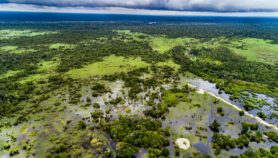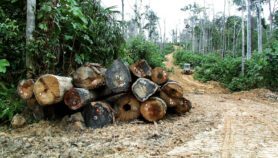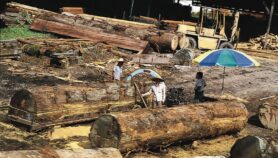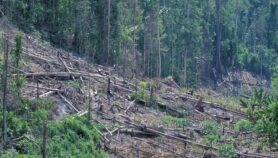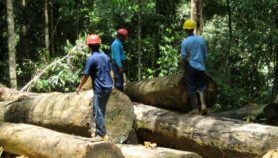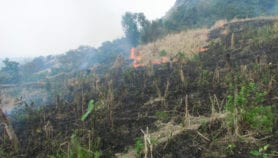24/11/20
Formal forest management may cut community rights
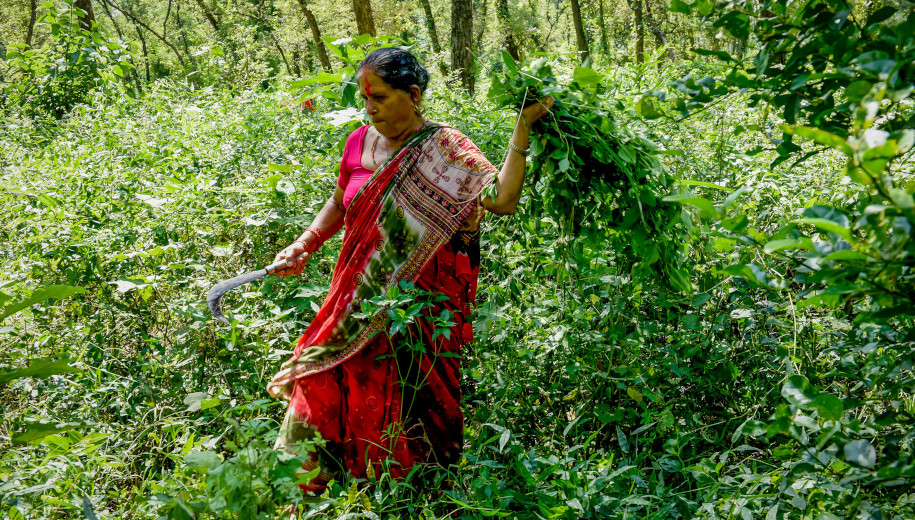
By: Sanjeet Bagcchi
Send to a friend
The details you provide on this page will not be used to send unsolicited email, and will not be sold to a 3rd party. See privacy policy.
[NEW DELHI] A comprehensive global analysis of forest management shows local communities often lose out whenever policies are formalised by governments.
“Our study shows that CFM (community forest management) is often associated with improvements in wellbeing and forest environmental outcomes,” Johan Oldekop, of the Global Development Institute, University of Manchester, and an author of the study, tells SciDev.Net. “However, we also find that rights to forest resources are often compromised when community management is formalised by governments.”
“We need to carefully examine how we are formalising those rights — to better understand how that formalisation process affects pre-existing rights, and better understand who is going to benefit and who will be excluded”
Reem Hajjar, Oregon State University
Around the world, 1.6 billion people live within five kilometres of a forest, with 71 per cent of them located in low- or middle-income countries. Forests regulate climate, sequester carbon, are home to a large proportion of the world’s plants and animals and contribute substantially to the livelihoods of people living in or near them, said a University of Manchester statement.
Community forest management is touted as an equitable means to protect the customary rights of the local community while sustainably managing forest resources. Around 14 per cent of forests worldwide and 28 per cent of forests in low-middle-income countries are formally owned or managed by Indigenous Peoples and local communities.
The study, published in Nature Sustainability this month (November), looked at 643 case studies in 51 countries to assess community forest management outcomes on environmental conditions, livelihoods and natural resource rights.
Over the past 40 years, the study says, CFM has been promoted as a way to merge environmental conservation with economic development and natural resource rights. “The rationale underpinning this push rests on the premise that local groups, who have vested interests in maintaining forest resource flows, can make better use of place and time-specific information than more centralised forms of forest governance, which can lead to more sustainable practices and improved livelihoods.”
The researchers found that, after a formalised community forest management initiative, there was improvement in environmental condition in 56 per cent of 524 cases (that tracked environmental condition), whereas a decrease was noted in 32 per cent cases. Of the 316 cases tracking livelihoods, 68 per cent showed an increase in incomes, whereas 6.3 per cent showed a decrease and 26 per cent revealed no change.
But in terms of resource rights, only 34 per cent of 249 cases (that tracked resource access rights) showed an increase, whereas 54 per cent showed a decrease, and 12 per cent showed no change.
Cases in India and Ethiopia show that community management and livelihood diversification activities improved key indicators of forest environmental condition and income from both forest-based and non-forest-based income streams, the researchers write.
However, only 18 per cent of the 122 cases that tracked all three community forest management outcomes (i.e. environmental condition, income and resource rights) showed positive results across the three dimensions. Of the positive cases, eight were from India, five from Nepal, four from Cameroon, two from Bolivia, and one each from the Philippines, Burkina Faso and Saint Lucia.
According to a co-author of the study, Reem Hajjar at Oregon State University, formalisation of forest tenure is fundamental for securing access rights for communities. “But we need to carefully examine how we are formalising those rights — to better understand how that formalisation process affects pre-existing rights, and better understand who is going to benefit and who will be excluded,” she tells SciDev.Net.Commenting on the study, Peter Kolb, associate professor of forest ecology and management at the University of Montana, US, tells SciDev.Net that community forests “are complex interactions that require in-depth knowledge of physical and biological processes as well as local human culture and needs” in order to make appropriate evaluations.
This piece was produced by SciDev.Net’s Asia & Pacific desk.




